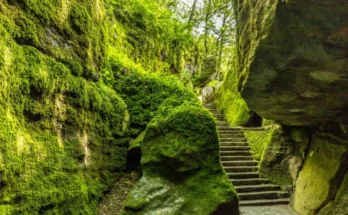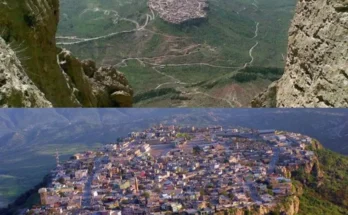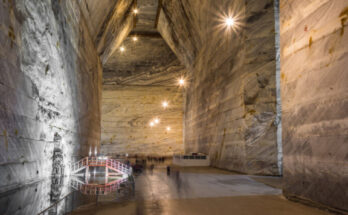THE city of Charminar has a distinctive character that dates back beyond its very existence. The amazing rock formations that are quaintly perched at artistic angles in the Deccan Plateau have been a part of the magnificent landscape of the city and its surroundings for eons. They provide a breath-taking view of nature in its raw grandeur. They are indeed the eternal rock stars of Hyderabad.
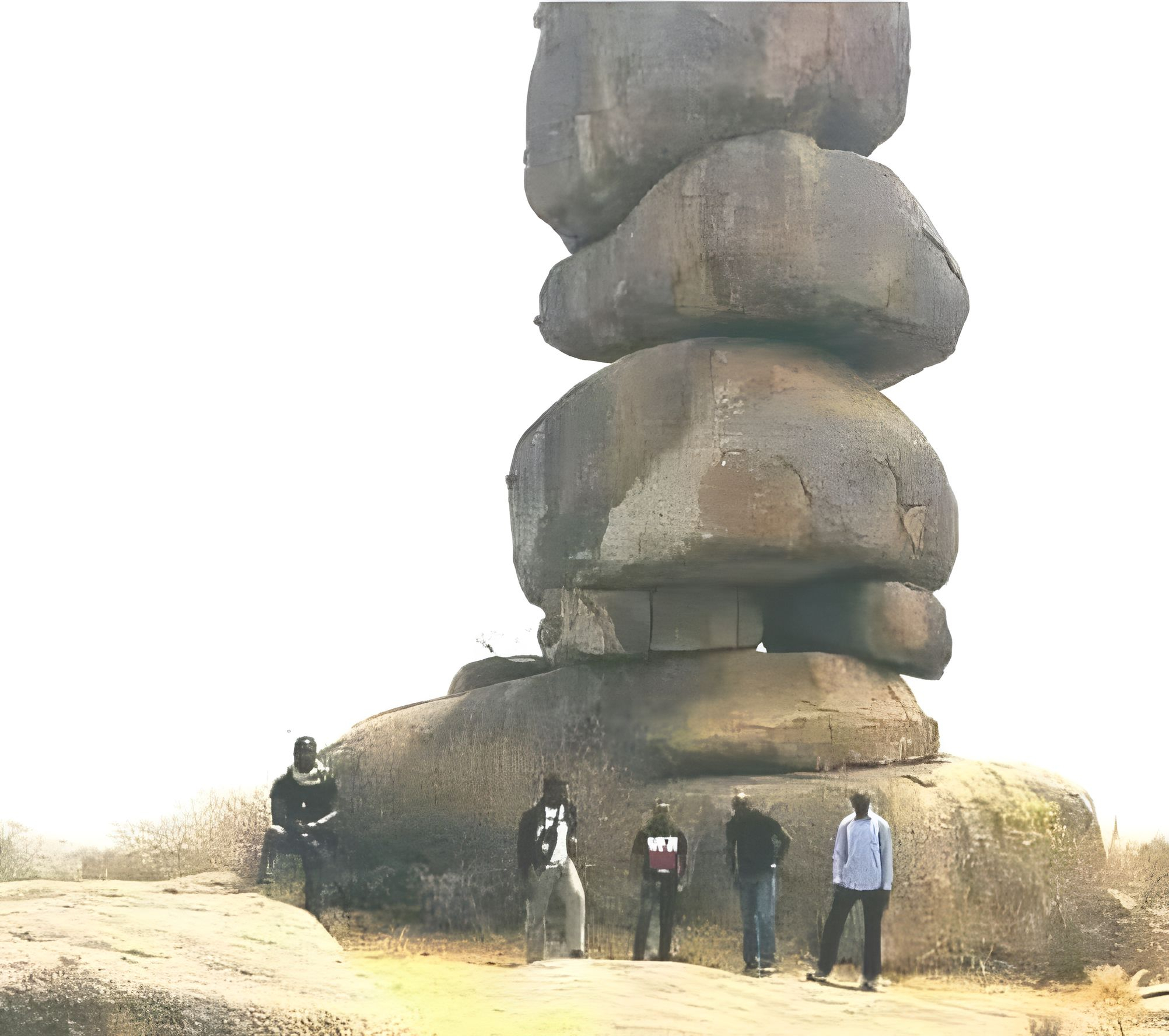
Geologists date these rocks to 2,500 million years back, among the oldest and hardest rocks in the world. These graceful boulders in a variety of shapes and sizes have withstood the vagaries of nature and its elements for ages. These formations are in the danger of being reduced to rubble due to the onslaught of relentless urbanisation and mindless development.

It has taken 2,500 million years for the rocks to form on the Deccan plateau
Even a casual visitor to the city would not miss the presence of these unusual formations. Writes Erla Zwingle in her field notes in National Geographics: Deccan Plateau is a granite shield that has weathered into beautiful, bizarre formations. These have eroded`A0in a way that gives the granite a texture characteristic of rhinoceros hide. It’s distinctive to this part of India.”
While central Hyderabad has lost most of these breath-taking beauties to concrete constructions, the east and west of the city still enjoys nature’s creativity in all its granite splendour. No wonder, the balancing boulders have inspired many an artist and writer. While Jatin Das sculpted human faces out of them, Krishen Khanna painted them with fantasy animals. Local artists Lakshma Goud and K.V. Reddy portrayed them on canvas. Well-known Hyderabadi and historian Narendra Luther brought out Rockumentary, a picturesque tribute to the bewitching beauty of the rocks and a passionate plea to conserve them. Interestingly, the flora and fauna around these rocks is significant and rare, according to microbiologists. According to them, rocky areas are a treasure trove of unique flora and fauna, including ancient micro-organisms.
Nature’s bounty is being recklessly destroyed, aided by an indifferent civic authority. It fell upon a foreigner to raise a voice against the destruction. Frauke Quader, a German who settled in Hyderabad years ago, started a movement to espouse the cause of the rocks.
“The Deccan’s rocky boulders, precariously perched on top of each other, are a wonder that no other city can boast of. Over the years, seeing the gradual destruction of this beautiful landscape, the realisation grew that something must be done to save these sculptures of nature,” says Quader.
She started a Society to Save the Rocks in 1996 to bring pressure on the civic body to protect the natural heritage. Rocks are not building material, they are a heritage landscape, and the protection of landscape should be a government policy, she says. The society, since then, has been conducting awareness programmes for rock protection, including weekend rock walks in and around the city.
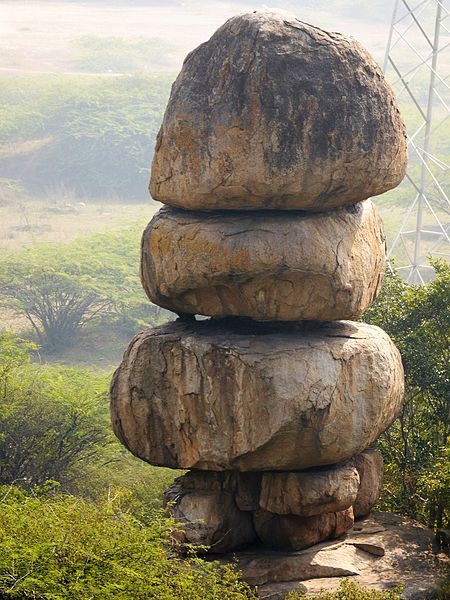
“It has taken 2,500 million years for rocks to form on the Deccan plateau and loads of insensitivity on the part of the authorities and no time to destroy them,” laments Quader.
Her advocacy has borne fruit to some extent. The Hyderabad Urban Development Authority (HUDA) has put nine rock sites under the protection of its Heritage Regulations.
From advocating the protection of the rocky landscape of the city, the Society to Save Rocks has now moved to doing a systematic scientific survey of rock areas in all the “rocky” districts of Andhra Pradesh. The survey takes into account the geological, zoological, botanical and sociological importance in order to find the rock areas most suitable for extensive nature, adventure and tourist parks.

